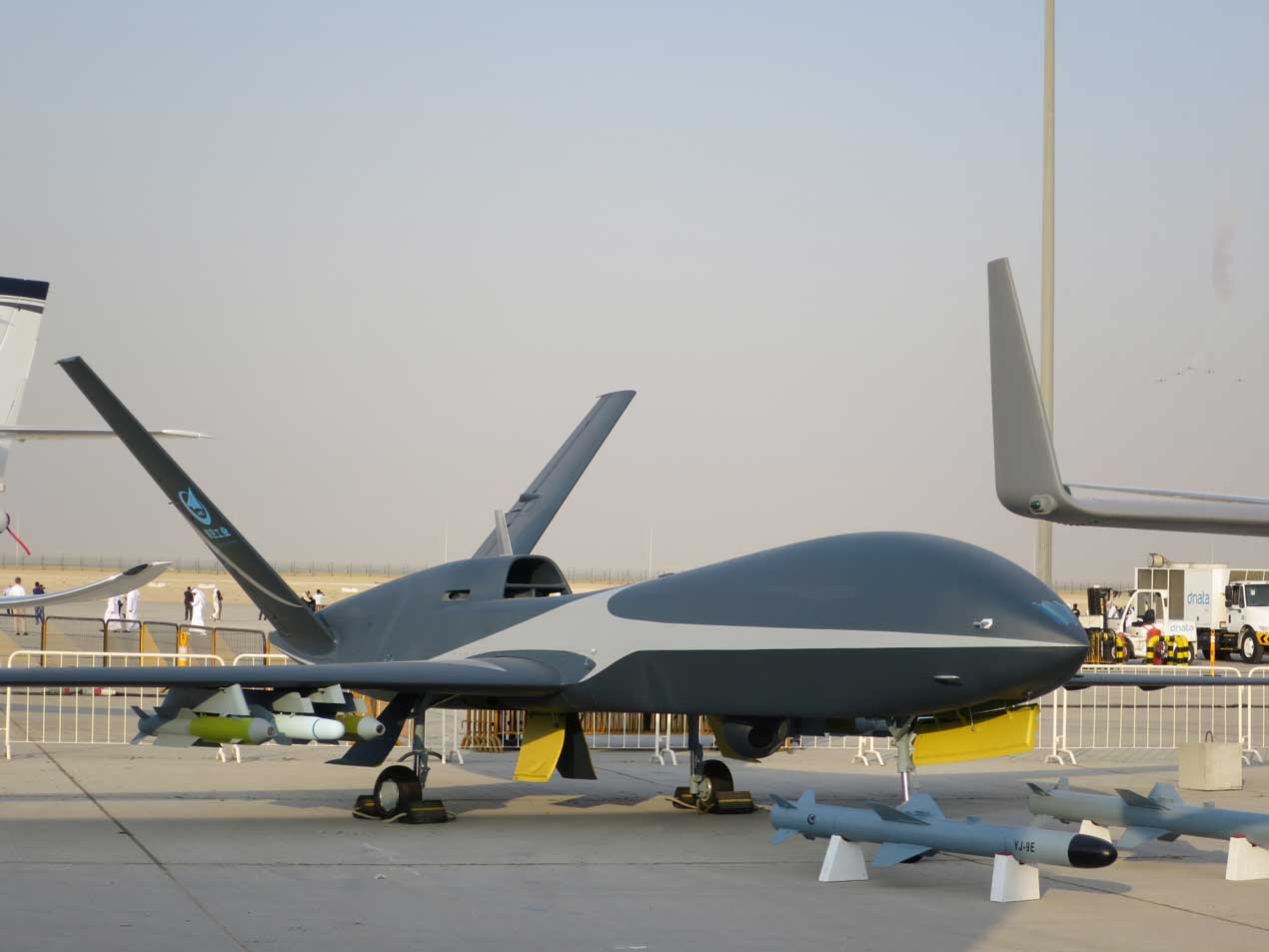RPAS at Airshow China 2018
China and Israel develop systems for operating multiple RPAS simultaneously.
Anita Hawser and Arie Egozi
07 November 2018

China is demonstrating its growing capabilities in High Altitude and Medium Altitude Remotely Piloted Air Systems at Airshow China from the 6–11 November.
Media reported that the Aviation Industry Corporation of China (AVIC) showcased its Cloud Shadow HALE (High Altitude Long Endurance) RPAS, which can be configured for combat or ISR missions and operate autonomously or be remotely piloted.
The Global Business Press wrote: “[The Cloud Shadow] has a cruising altitude higher than the range of most surface-to-air missiles and are much faster than first generation UAVs.”
At the show, Global Business Press also reported that China unveiled at the show a new high-altitude, high-speed stealth drone prototype, the Caihong-7, developed by China Aerospace Science and Technology Corporation (CASC).
One of the more intriguing features of China's Cloud Shadow HALE RPAS is the ability to use one ground control station to control multiple RPAS. Media reports stated that the China Academy of Aerospace Aerodynamics had developed a combat system, which allows one ground control station to control two different types of UAVs at the same time.
According to Israeli defence journalist, Arie Egozi, Israel Aerospace Industries (IAI) has developed a system that allows a number of RPAS to be used in different missions simultaneously to enable ground forces to attack more targets.
Avi Bleser, vice president of marketing & sales at IAI's military aircraft group, says the Mission Operational and Intelligence Center (MOIC) allows efficient command and control of advanced and complicated UAS missions.
"The MOIC's modular layout is based on mission operational cells, including upper commander cell, an exploitation centre, C2 cell, full trainer SATCOM facility, support facility, and data storage centre,” says Bleser. “The all-inclusive headquarter generates an efficient mission flow which includes planning, commanding, controlling and monitoring mission performance, interpreting offline and online payload data, archiving raw and processed information and reporting to high command."
Bleser added that this mission flow provides a full operational picture of the UAS and maximises the fleet throughput by allocating assets according to operational priorities, enhances co-ordination of UAS fleet and manned platforms, improves safety, protects ground assets and saves manpower and resources by centralising and automatising operations and maintenance.
The IAI official said that the MOIC uses many automated procedures, while the crew only supervises the performance.